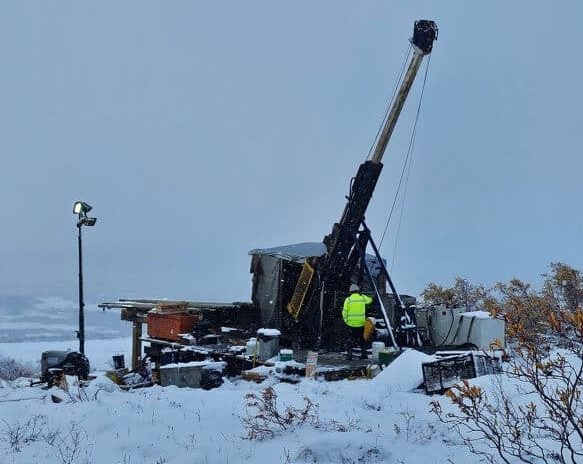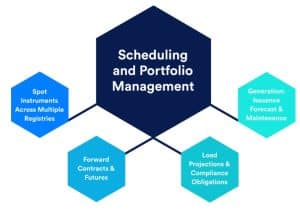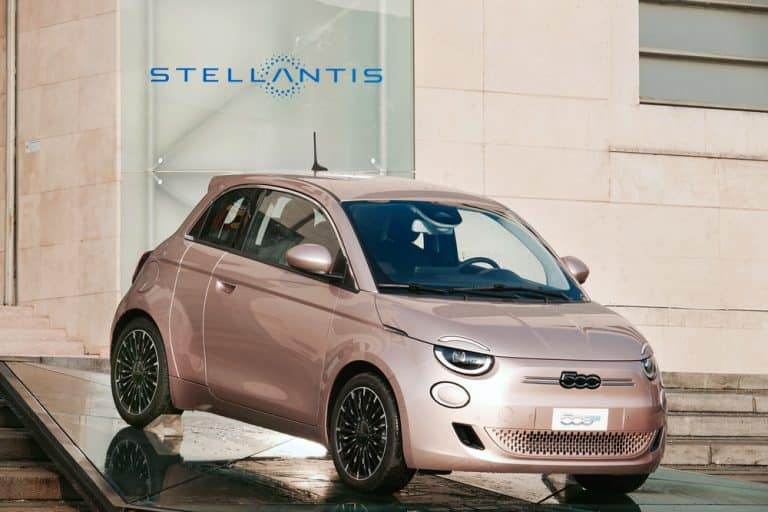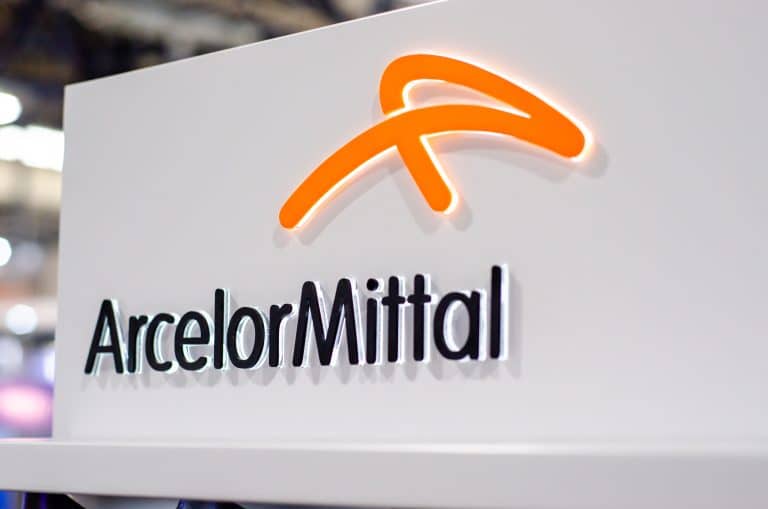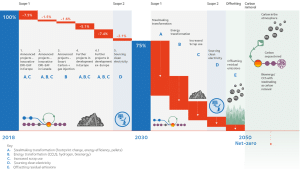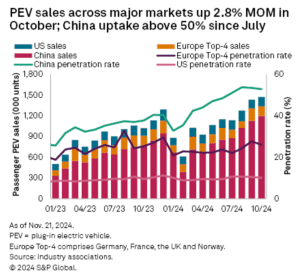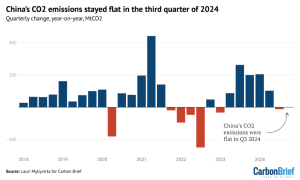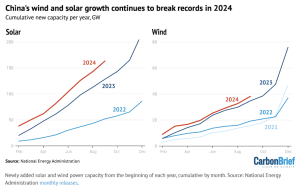Solar-plus-storage systems are rapidly emerging as a game-changing solution in renewable energy. These systems tackle two critical issues: the intermittency of solar power and the mismatch between when solar energy is produced and when it is most needed.
By combining solar panels with battery storage, these hybrid setups deliver consistent energy, enhance grid reliability, and create new income opportunities for solar plants. Solar facilities can now earn through capacity payments and arbitrage—buying energy at low costs, storing it, and selling it when prices are higher.
What Are Solar-Plus-Storage Systems and How They Tackle Energy Gaps
The U.S. solar industry is expanding rapidly, closing the gap with wind power. Utility-scale solar now totals nearly 120 GW of capacity, compared to 155 GW for wind, according to S&P Global Commodity Insights.
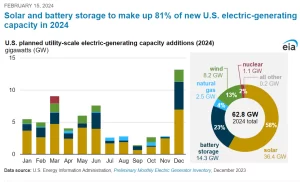
However, stand-alone solar projects still dominate, accounting for 93 GW, with eight states hosting two-thirds of this capacity. This heavy concentration is causing market saturation in some areas. During peak daytime hours, solar output is so high that energy prices plummet, cutting into solar plant revenues.
Additionally, many solar facilities must limit or curtail production because peak solar generation around noon does not align with peak energy demand, which typically occurs in the late afternoon or evening. This challenge is particularly pronounced in regions like California and Texas, where record solar curtailments have already occurred in 2024.
Recognizing these issues, developers and grid operators are shifting toward solar-plus-storage systems. These systems integrate batteries with solar facilities to store excess energy generated during the day and release it during peak demand hours. This combination enhances energy reliability and independence.
This shift is evident in the U.S. energy pipeline and grid interconnection queues.
Today, operational solar-plus-storage systems contribute around 33 GW of capacity, including 22.8 GW of solar power paired with 10 GW of battery storage, per S&P Global data.
- Additionally, 162 GW of hybrid solar-plus-storage projects are in the planning stages, with 42% of capacity dedicated to battery storage.
RELATED: SolarBank Charges Ahead with $3M Boost for Battery Energy Storage System Projects
Many of these new projects are strategically located in “energy communities,” areas eligible for a 10% tax credit bonus under the Inflation Reduction Act. This incentive supplements the base tax credits for investment and production, making these projects even more attractive.
New Revenue Streams Energize Solar-Plus-Storage Systems
The solar-plus-storage market is more concentrated than standalone solar. Per Wood Mackenzie’s report, Tesla Energy and Sunrun dominate the residential segment with nearly 50% market share. Non-residential solar-plus-storage follows a similar trend, with the top six installers capturing over 50% of the market in 2023, compared to just 16% for non-residential solar alone.
The next four largest solar-plus-storage installers—SunPower, Titan Solar Power, Freedom Forever, and Semper Solaris—collectively hold an additional 13% of the market.
The move toward solar-plus-storage is also reflected in grid interconnection requests.
- By April 2024, hybrid solar-plus-storage projects accounted for 658 GW—30% of the total interconnection queue across U.S. grid operators.
In California, where stand-alone solar projects face market saturation, over 92% of new solar projects seeking interconnection include battery storage.
Over the next decade, experts expect the deployment of solar-plus-storage systems to significantly reshape the energy landscape. These systems will help balance energy supply and demand, reduce curtailment, and increase renewable energy adoption.
According to S&P Global Market Intelligence’s Power Forecast, utility-scale solar will account for nearly 17% of U.S. electricity generation by 2035, making it the third-largest energy source behind natural gas and wind.
For solar companies, adding battery storage creates exciting new revenue opportunities. These include earnings from arbitrage—charging batteries during low-cost periods and selling stored energy when prices are higher—and capacity revenue, and payments for ensuring resource availability.
S&P Global shared its annual financial forecast for solar-plus-storage systems market, broken down in different revenue sources.
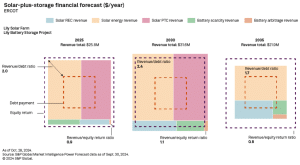
However, the profitability of these systems varies by region. Factors like natural resources, energy demand patterns, fiscal incentives, and local market dynamics play a significant role. Battery sizing also influences revenues, with smaller solar-to-battery capacity ratios expected to boost arbitrage earnings.
The Global Race in Bridging Solar Supply and Demand Divide
Globally, the solar-plus-storage market is expected to exceed 30 GWh by 2025, with China and the U.S. leading the way, according to the InfoLink report. China’s over 260 GW of installed PV capacity, supported by local policies, positions it as the largest solar-plus-storage market.

InfoLink projects that by 2025, more than 50% of solar deployments will incorporate storage globally. This trend highlights the intertwined growth of renewable energy and energy storage, providing insights into future regional developments. Solar and wind energy progress serve as key indicators for advancing energy storage systems.
As more hybrid projects come online, solar-plus-storage systems are proving to be a critical piece of the energy transition puzzle. They bridge the gap between energy production and demand, enhance grid stability, and open new financial avenues for solar developers.
With strong policy support and technological advancements, solar-plus-storage could play a leading role in achieving the clean energy goals of tomorrow.

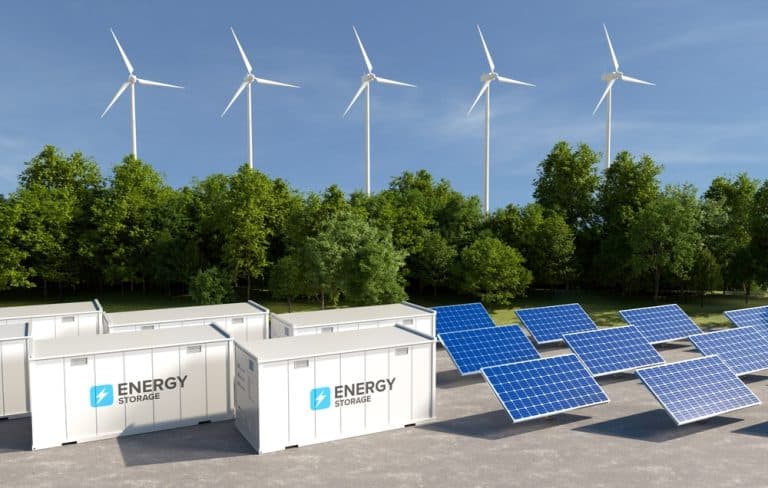
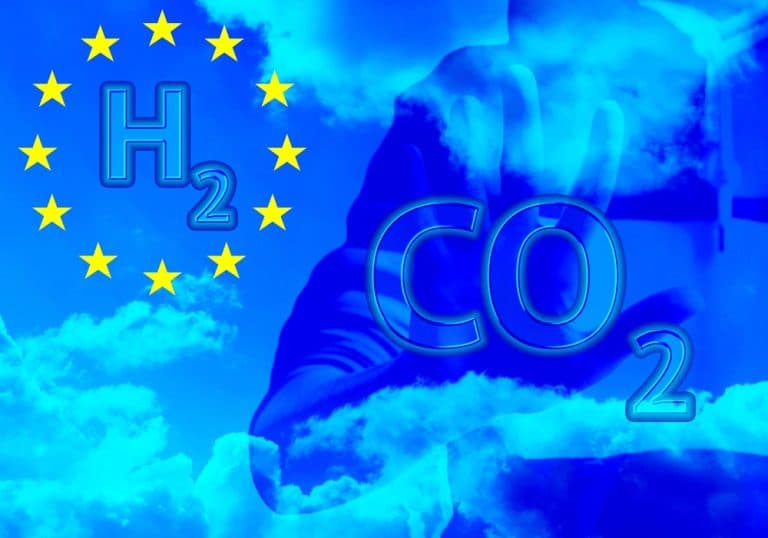
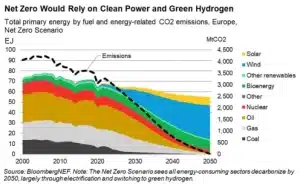
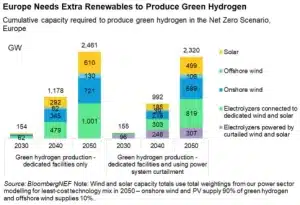

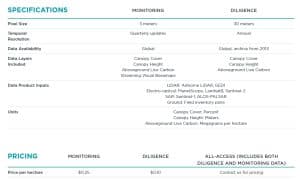 Source: Planet
Source: Planet
 Source: SolarBank
Source: SolarBank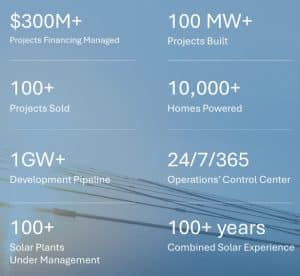 Source: SolarBank
Source: SolarBank
 Source: SolarBank
Source: SolarBank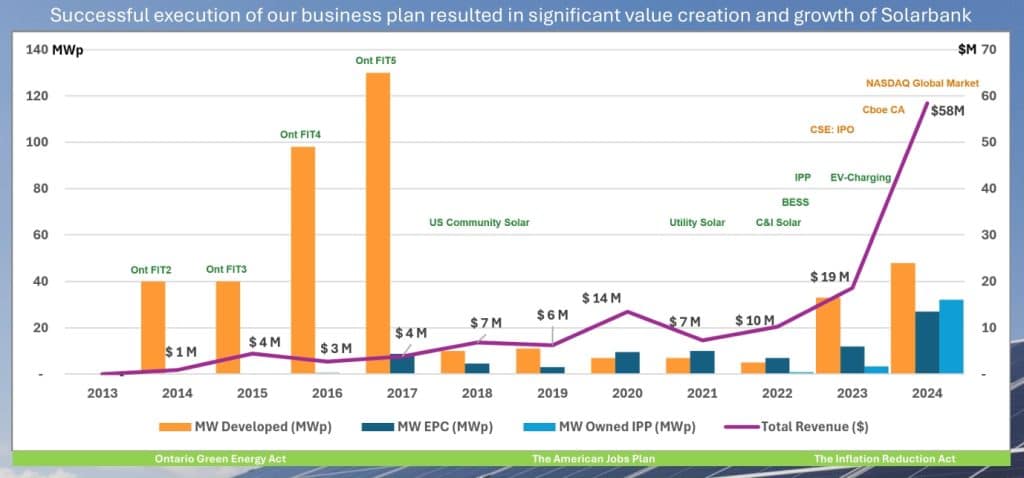 Source: SolarBank
Source: SolarBank